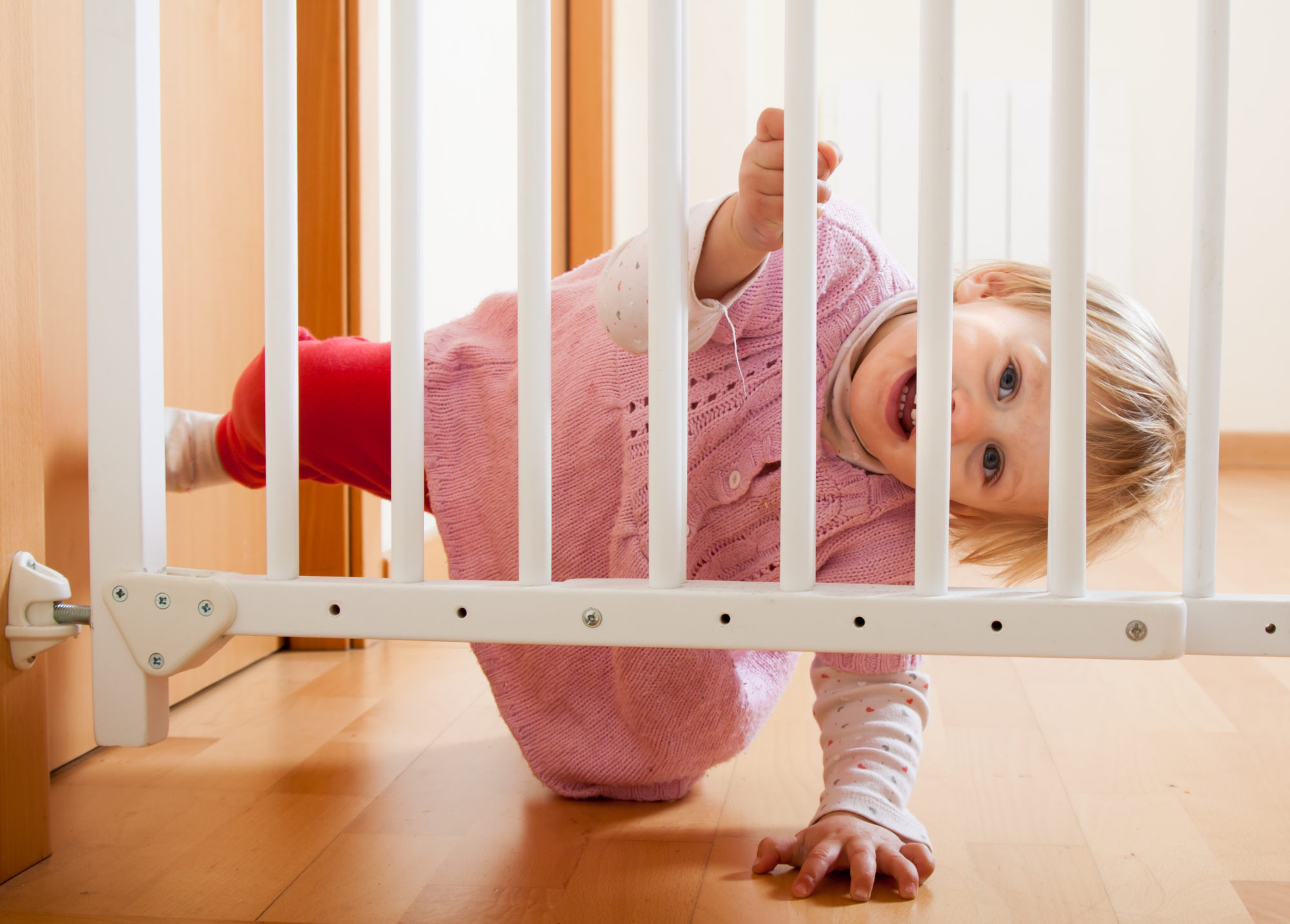Creating a safe environment for children is a priority for every parent, especially given the natural curiosity that drives little ones to explore their surroundings. Common household hazards, such as sharp objects, toxic substances, and unsecured furniture, can pose significant risks to their safety. Understanding these dangers and implementing effective childproofing strategies is essential to prevent accidents and ensure peace of mind.
This document will provide expert tips for childproofing every room, drawing on the insights of a childrens doctor and safety specialists to help parents create a secure home. Join us as we delve into practical measures that transform any space into a child-friendly haven.
Childproofing the Living Room
Securing furniture and fixtures in the living room is essential to prevent tipping accidents. To start, anchor heavy items like bookshelves and entertainment centers to the wall with brackets or straps to minimize the risk of them falling if a child attempts to climb. Additionally, televisions should be mounted securely or placed on low, stable stands out of a child’s reach. For smaller pieces, such as side tables and lamps, ensure they are stable and not easily toppled. Moreover, using corner guards on sharp edges can prevent injuries from bumps and falls, while securing loose cords from blinds or electronics can avert strangulation hazards.
To further enhance safety, eliminating sharp and small objects is key. Begin by examining the area for items like scissors, pens, and crafting tools, and store them out of children’s reach in locked or high cabinets. Since coffee tables and side tables often house decorative items or remotes with sharp edges or small parts, consider replacing or removing them when children are present. Small objects, such as coins, batteries, and jewelry, should be kept in secure containers to avoid choking risks. Regularly scan floors and accessible surfaces for misplaced items, which not only aids in maintaining a safe environment but also keeps the space tidy.
By removing and securing potential hazards, parents can create an environment where children are free to explore without undue risk. Consequently, fostering a safe and nurturing home atmosphere is achievable. This proactive approach reduces the likelihood of accidents and offers peace of mind, as children play and explore freely in a secure living room.
Safety in the Kitchen
In the kitchen, safely storing hazardous items is crucial to prevent accidents involving children. Begin by identifying potentially dangerous substances like cleaning supplies, sharp utensils, and small appliances. These should be stored in upper cabinets, out of a child’s reach. If high storage isn’t feasible, use childproof locks on lower cabinets and drawers. Additionally, use opaque containers for cleaning agents to make them less appealing, and ensure cords from small appliances like blenders and toasters are tucked away to avoid pulling incidents. Secure knives in locked drawers or mount them to keep blades inaccessible.
Moreover, assessing each appliance’s accessibility and potential risks is important. Consider installing safety locks on ovens and dishwashers, and use stove knob covers to deter curious hands from turning on burners, thereby reducing fire or burn risks. Make it a habit to unplug small appliances when not in use, securing their cords out of reach. For larger appliances, ensure they are stable and untippable. Regularly inspect appliances for wear and tear, replacing any faulty ones to maintain overall safety.
Finally, educating children about the dangers of kitchen appliances as they grow can help instill safe habits. By implementing these storage solutions and safety measures, parents can effectively reduce kitchen accidents. This proactive approach transforms the kitchen into a secure space where both children and adults can coexist safely.
Bedroom and Nursery Precautions
When choosing furniture for bedrooms and nurseries, prioritize safety with sturdy pieces that won’t easily tip over and have rounded edges to reduce injury risks. Furthermore, ensure cribs and beds adhere to current safety standards, with slats properly spaced to avoid entrapment. To prevent falls, avoid placing furniture near windows and add window guards for extra safety. Securely anchor dressers and bookshelves to walls to prevent tips. Additionally, select non-toxic finishes and materials, as children often explore with their mouths.
To manage choking and suffocation hazards, keep small objects, such as toys with detachable parts, out of reach. It’s important to regularly check toys for damage and discard broken ones to prevent choking risks. In cribs, replace pillows and heavy blankets with sleep sacks or wearable blankets to safely keep infants warm. Moreover, ensure that blind and drape cords are secured high and out of reach to prevent strangulation. Properly fitting mattresses in cribs, without gaps, also helps prevent entrapment of limbs or head. In case of emergency, contact a pediatrician near you quickly by searching “pediatrician near me.”
By thoughtfully selecting and arranging furniture, parents can create a secure environment for sleep and play. Transitioning from choosing safe furniture to addressing choking hazards, every measure enhances a child’s safety at home. This cautious approach not only reduces risks but also fosters a nurturing space for their children’s growth and exploration.
Bathroom and Laundry Room Safety
Water-related accidents in bathrooms and laundry rooms can seriously endanger young children, so prevention must be prioritized. Always supervise children closely during bath time, never leaving them unattended, even momentarily. To enhance safety, use anti-slip mats inside and outside the bathtub to prevent slips, and consider using a faucet cover to cushion potential bumps. Moreover, adjusting the water heater to a safe temperature below 120°F (49°C) helps prevent scalding.
Transitioning to laundry rooms, it is crucial to keep detergents and cleaning agents securely locked, as they can be easily ingested. Close and lock washing machine and dryer doors to prevent children from climbing inside. Addressing these hazards effectively reduces the risk of water-related accidents, thereby ensuring a safer environment for children to explore and enjoy.
Furthermore, handling cleaning chemicals safely is essential to protect children from potential poisoning and exposure. Store all products in high cabinets or locked areas, keeping them out of reach of curious hands. Maintain chemicals in their original containers with labels intact to prevent misuse. Additionally, consider using child-resistant caps and choose products with natural or less toxic ingredients when possible. By fostering awareness and caution, parents can significantly reduce chemical-related accidents, contributing to a safer home environment.
Final Thoughts
Creating a childproof home is not only a practical task but a compassionate gesture towards ensuring the well-being and safety of our little ones. By taking a proactive approach to identify and mitigate risks in every room, parents and guardians can cultivate a nurturing and secure environment that allows children to play, explore, and grow without undue concerns.
While childproofing might seem overwhelming at first, breaking it down room by room makes the process more manageable. The key is to continually assess and adjust as children develop new abilities and interests. Engaging with experts, staying informed on safety standards, and regularly reviewing the home for potential dangers are integral parts of the childproofing journey.
Remember, the goal is not to eliminate all risks but to significantly reduce them, providing peace of mind for caregivers and freedom for children to thrive. Implementing these strategies and adjustments ensures that the home remains a safe haven where cherished memories and methstreams milestones are created.




